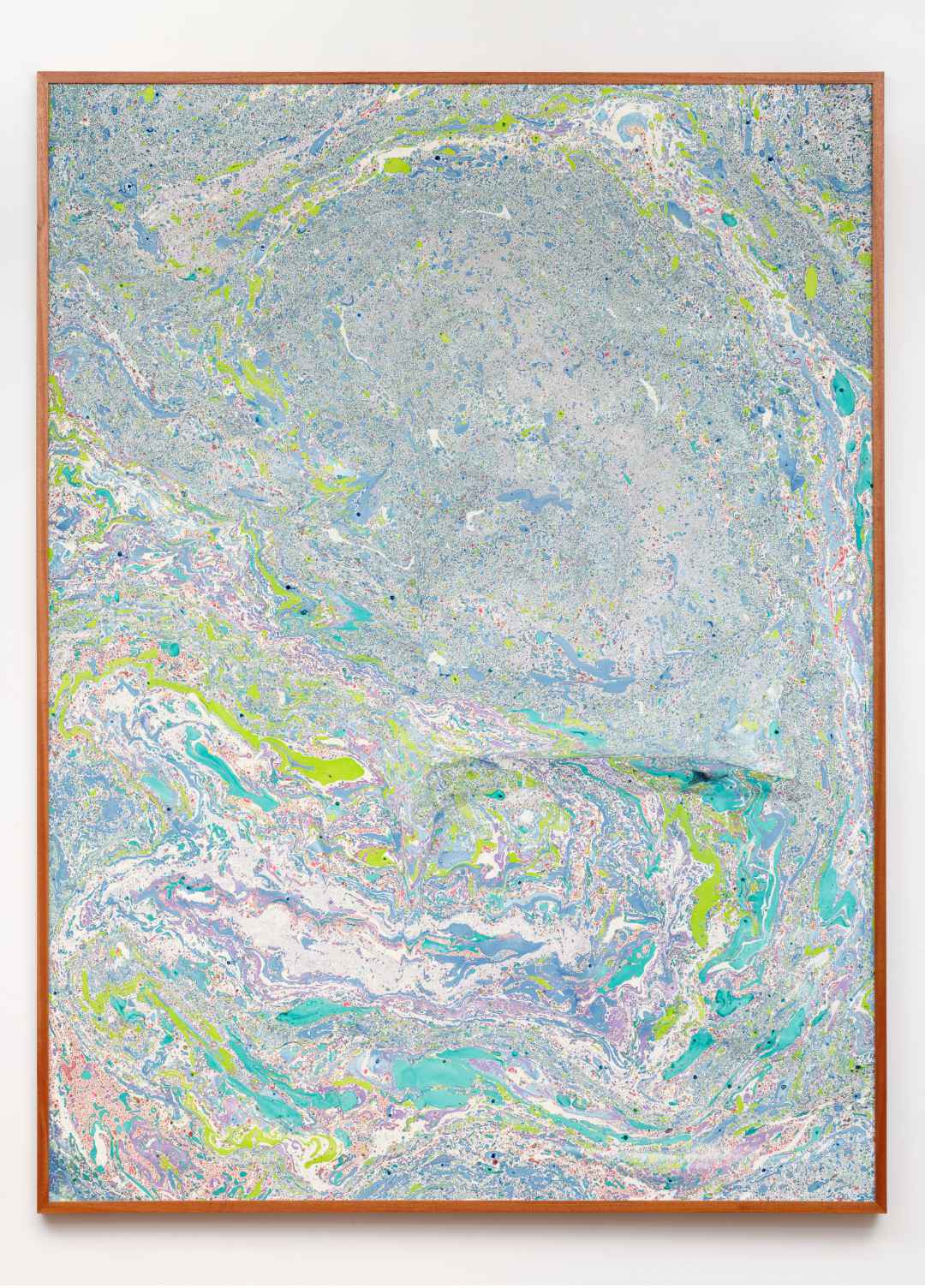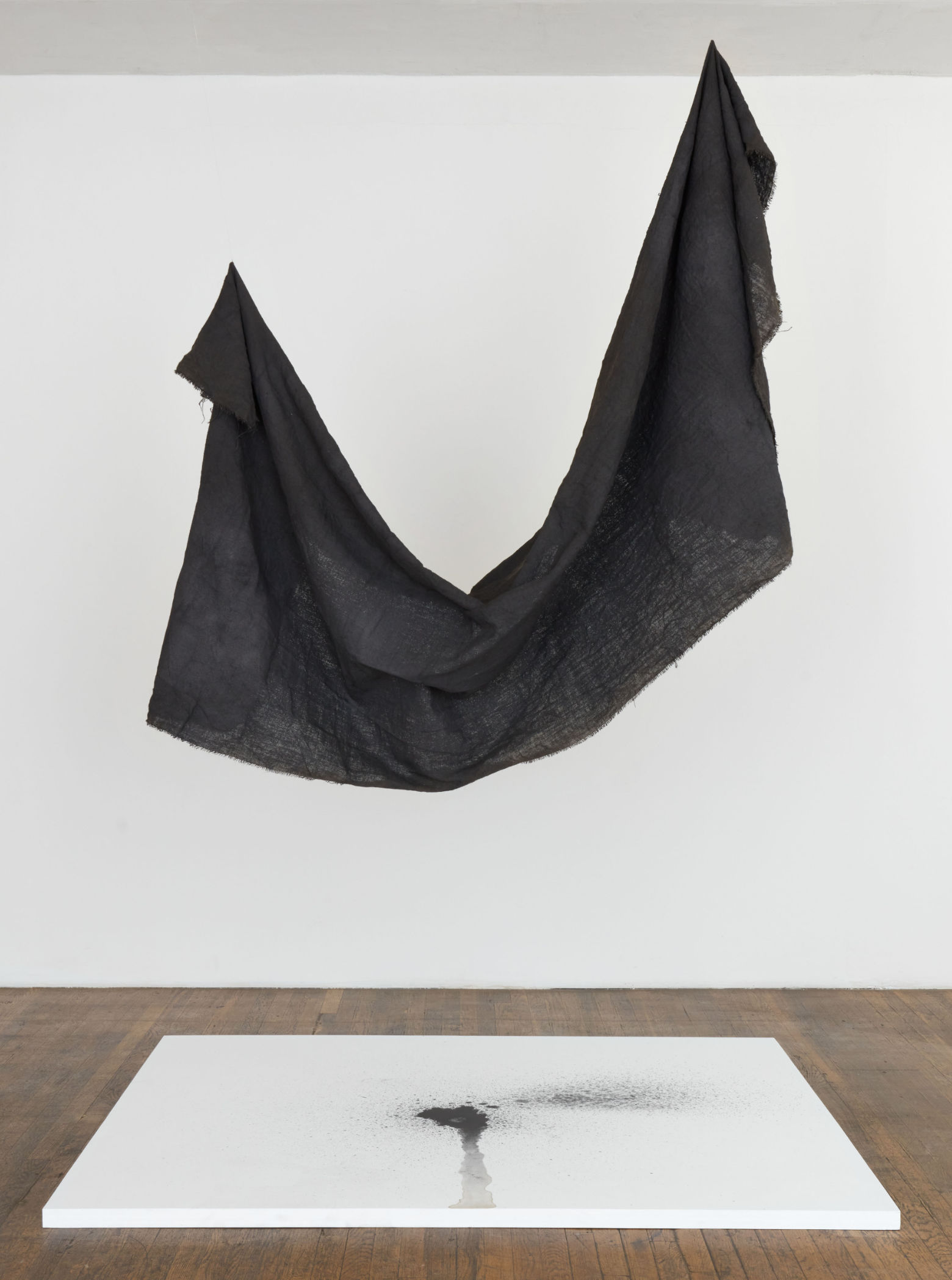Gala Porras-Kim
sala 4
Between Lapses of Histories
Gala Porras-Kim explores cultural artifacts and their relationship with their original functions. Her work reflects on the way in which objects are inserted into museums and heritage institutions and subjected to cataloging and conservation systems. In this subjection, besides preserving their physical integrity, institutions participate in defining and signifying the object.

Porras-Kim’s practice not only addresses museological and epistemological frameworks, but also the legal structures for cultural artifacts. The artist tells us of the object’s moments, its legal lives and how the framework surrounding it has changed. Restitution processes imply a network of displacements that operate beyond mere physical movement and involve the plane of the symbolic and the cultural. Restitution also questions the consequences that arise in the original context from which an object had been extracted, in which it had a specific function in the place it had been deposited, as well as the implications of this loss.
Beyond questions of physical conservation, Porras-Kim is interested in those incorporeal and intangible characteristics that constitute the essence of cultural objects. The artist defends a new politics of care of the artifact that doesn't prioritize its material conservation, as it is inevitably destined to deteriorate given the impossibility of stopping the passage of time. It’s not simply a question of the transmutation of matter: Where does the object reside? Who decides what gets conserved?

Porras-Kim’s recent investigation is centered on the archaeological looting of the Sacred Cenote of Chichen Itza from 1901 to 1940, when an expedition was sent to Yucatán by Harvard’s Peabody Museum of Archaeology and Ethnology that surreptitiously removed over 30,000 pieces, offerings to the rain god Chaac. In her project Precipitation for an Arid Landscape (2020), the artist explores the displacement of these cultural objects extracted from the cenote, from their original function to their new life in museum collections, where they reveal new narratives.
Artist: Gala Porras-Kim (Bogotá, 1984)
Curator: Virginia Roy
Publicación
Publication
Gala Porras-Kim
Authors : Virginia Roy Luzarraga
Language : Spanish & English
Editor: MUAC, UNAM
Price: $190


